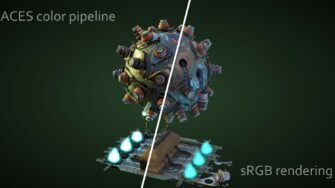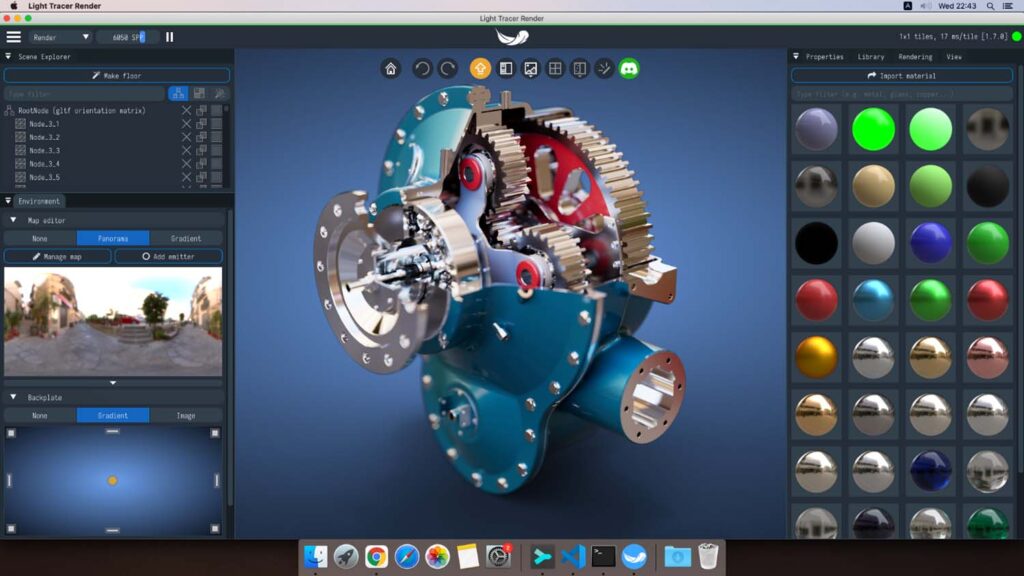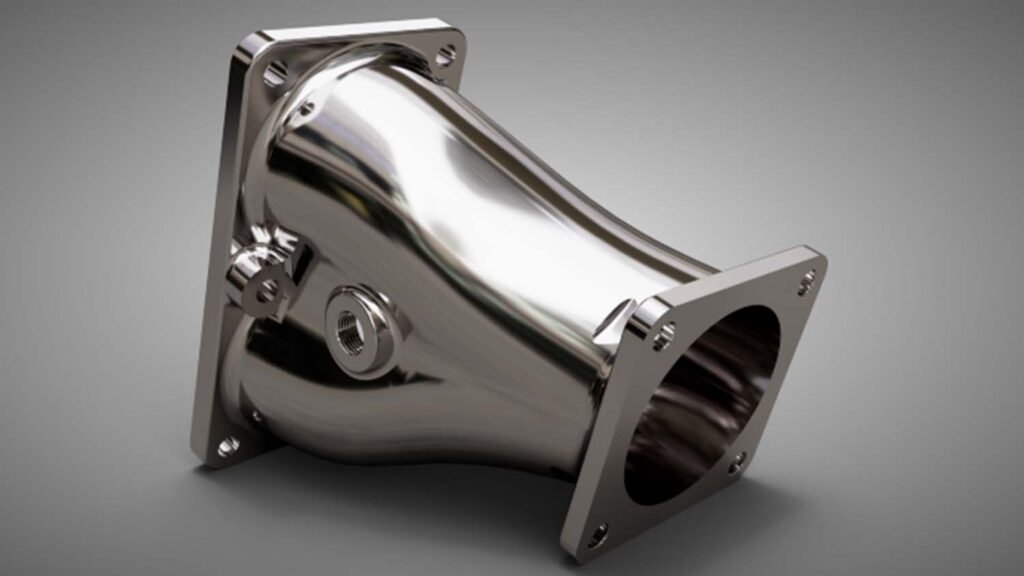Light Tracer Render 1.7 is now available for both Windows and Mac, with the latest release of the physically-based GPU visualisation software adding further new features.
The biggest update to Light Tracer Render 1.7 is the aforementioned compatibility with Apple MacOS High Sierra or newer, including Big Sur.
An integrated Intel GPU, AMD GPU, or even an older NVIDIA GPU should be enough to run the render software, so pretty much anything post 2015.
The update significantly improves the import of CAD models (in STEP, IGES, BRep formats). Until now, normals have been calculated from tessellation. However, in the updated CAD importing module, the normals are calculated for an actual curved surface, giving a much more accurate display of shapes.
Light Tracer Render also features a built-in mesh healing tool that can help fix some issues with imported geometry.
In particular, users can reverse the orientation of surfaces, recalculate normals, explode the solid into parts, or even into individual faces to apply different materials to them.
The new release also introduces support for the ACES (Academy Colour Encoding System) pipeline created by CG artist professionals.
Light Tracer explains that the big benefit of this new feature is the ACES colour gamut, which allows for a lot more colours than typically used sRGB.
As a result, the colours in rendered images become significantly more realistic, especially at the extremes of brightness and saturation, with less need for configuration – Light Tracer manages colour transformations internally, allowing the user to get the best from ACES with little effort.
ACES also features a carefully crafted filmic curve for displaying rendered HDR images on output LDR devices. This curve has replaced a tone mapper used in Light Tracer previously since it provides a much more realistic output.

The new version features the intuitive UI to adjust tone mapping with Contrast & Pivot controls.
When the user increases contrast using the Contrast control, it works in a non-linear way — bending the highlights and shadows. And as you may see directly in the UI, this adjustment creates an S-Curve.
By then using Pivot control, users are able to change where the centre point of that curve is, giving overall control of the contrast of a shot.
GL Transmission Format is developed for transmission and loading of 3D models in web and native applications and used as a default format in Light Tracer Render.
The new release brings support for reading an animation contained in a glTF file. However, the feature is very new, so currently only node animations are imported
Along with improved animation import, the new version brings a completely redesigned UI for configuring animation playback. With the new timeline widgets, users can preview animations and choose how the particular take should be played in the resulting turntable video.
For example, users can scale its playback speed to match the video duration or loop the playback of this take.








